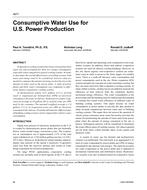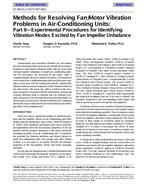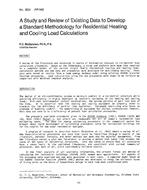The primary purpose of a school building is to provide a healthy and satisfactory environment for the children, who are more vulnerable to pollutionthan adults. The provision of ventilation is directly linked to energy consumption of school buildings. However, higher ventilation rates andincreased energy consumption do not necessarily guarantee a healthy environment. This paper compares monitored IAQ and health responses intwo schools in the Greater London area. One school, located in a suburban area, was constructed in 2010 as a low carbon building, while thesecond building was an urban, high thermal mass school built in the 19th Century (Victorian school). In each school three classrooms and oneoutdoor site were investigated for 5 consecutive working days during the heating season. Monitored parameters included temperature, RH, CO2,PM1, PM2.5 and PM10, NO2 and O3. Moreover, a questionnaire survey on Sick Building Syndrome (SBS) was collected from 151 schoolchildren (RR: 86%) in the investigated classrooms. Results were analysed with a two-level (classroom and student) logistic multilevel modeling.Victorian school classrooms relied on high infiltration rates and natural ventilation strategies to provide fresh air supply, while the low carbonschool adopted a mixed-mode approach with mechanical extract controlled through a CO2 sensor. Lower indoor temperatures within the range of19.1 to 24.6 °C (66.4 to 76.8 F) alleviated SBS (dermal and mucosal) symptoms among occupants. CO2 levels were above ASHRAE 62.1-2010 recommendations and were linked to general health symptoms. Results showed that PM exposure was high in the school and was related toincreased mucosal symptoms and eczema prevalence. Higher indoor NO2 levels increased prevalence of asthmatic symptoms in the schoolenvironment. Finally, apart from airtightness of the building envelope, direct access to the playground without buffer zone, and user behaviouralpatterns may significantly affect energy consumption.
Citation: IAQ Conference: IAQ 2013: Environmental Health in Low Energy Buildings
Product Details
- Published:
- 2013
- Number of Pages:
- 9
- File Size:
- 1 file , 2.2 MB
- Product Code(s):
- D-2013IAQConf-19


